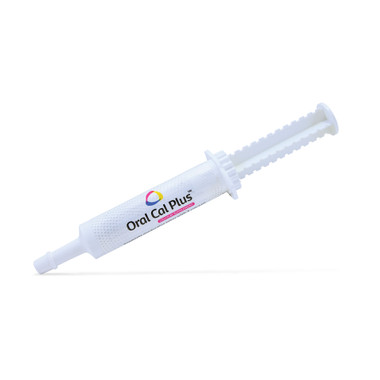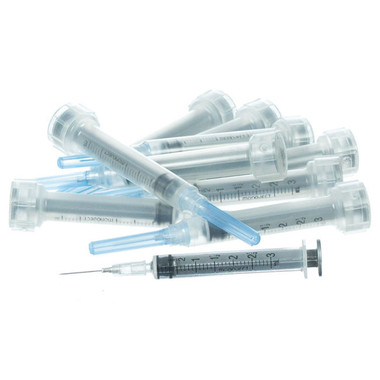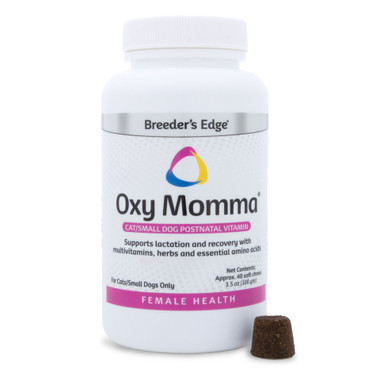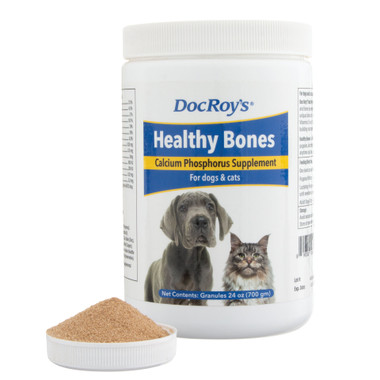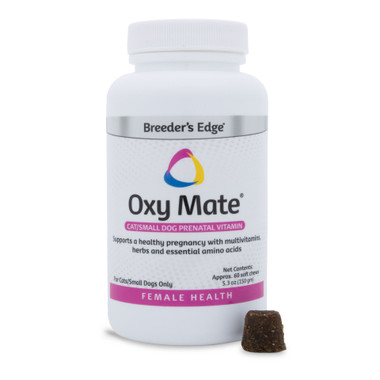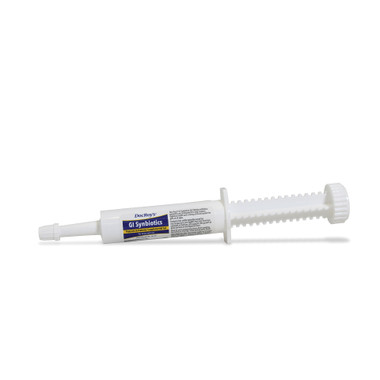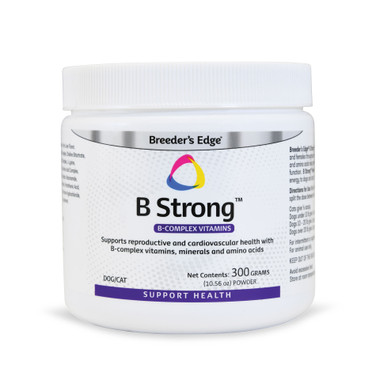Horse Sweat - what you need to know to keep your horse healthy Don’t Sweat It…we have some ideas and information for you!
Estimated 0 min read
What can your horse’s sweat—or lack of sweat—tell you about their health? Let’s discuss.
Do horses sweat?

Level of exercise will determine the amount your horse will sweat.
A horse sweats in response to temperatures, exertion, or both. Starting under the saddle and bridle, sweat forms on the horse’s chest, neck and between its legs. If a horse is overheated, they may also sweat on their head, top of the hindquarters and flanks.
That perspiration has an important function—as it evaporates into the air from your horse’s skin, it cools your horse down. This is because when the water changes from a liquid to a gas, it absorbs energy—that’s heat! So, the sweat process takes the heat away from your horse’s skin, and air above the skin, thus lowering your horse’s temperature. It’s an efficient and critical method of cooling.
How much is my horse sweating?
Several factors contribute to how much your horse sweats. The level of exercise: light, moderate and heavy; the temperature and humidity of the area in which they’re working, and their level of fitness.
A horse that is ridden in warm temperatures can produce as much as a gallon of sweat every 15 minutes.
What can sweat tell you about a horse’s health or fitness?
The amount and consistency of your horse’s sweat can point toward how fit your horse is. A less conditioned horse or less fit horse begins sweating quickly, may produce a lot of sweat, and/or the sweat is thicker and foamier rather than clear. On the other hand, a well-conditioned horse begins sweating later in the workout and produces an average amount of clear sweat. No sweat at all is not an indication of fitness—it’s a health concern. More on that further down this post.
How to handle your horse’s sweat

Offer your horses cool, refreshing drinking water.
Make sure to offer your horse fresh, clean water while you’re working him on a hot day, or if he seems to be perspiring a lot. And always offer water after the workout to help him rehydrate.
A balanced diet of forage and commercially prepared feed typically contains all the vitamins and minerals a horse needs to recover from sweating during a workout. But if your horse has sweated excessively or for an extended amount of time, you might consider adding electrolytes to his diet. These can be delivered as a supplement, in water, or an oral paste to replenish the minerals lost. If you offer electrolyte-treated water, be sure to also offer plain water.
If your horse sweats during a workout, you can care for his hair and skin by rinsing all signs of sweat from his coat. This also helps continue to cool the horse’s body temperature. Make sure to focus on areas that are in between the front and hind legs, under the tail and along the girth line. Accumulated sweat that’s left on your horse can damage your horse’s hair and even lead to the development of sores. These sores particularly develop in tight places such as between the hind legs.
To Scrape or Not to Scrape?
If you’re concerned that your horse is too hot, consider skipping the sweat scraper after the bath. This is a controversial discussion amongst horse folks. One study found greater reductions in a horse’s body temperature came from leaving the water on the horse without scraping it off.But, the most important stepwas tore-apply water to the horse—scraping or not scraping are considered less important steps.
What if my horse doesn’t sweat?
If your horse is around other horses, and he’s not sweating to the same degree, despite working in the same conditions, he might have anhidrosis. It’s a condition that prevents the horse from cooling his body via perspiration (sweat). Thousands of horses around the world have this condition, but there is little known about it. It particularly affects horses in hot, humid climates. A horse with anhidrosis has a dry coat even after strenuous exercise. They may be lethargic in hot weather, and have increased respiration rates. Higher heart rates and an elevated body temperature come along with this condition even after working for a short amount of time. A horse who has suffered from anhidrosis for a long time might have areas of hair loss and dry or flaky skin.
This is a dangerous condition and can increase the chances of your horse succumbing to heat stress or heat stroke, even in seemingly mild weather.
What’s the cause of anhidrosis?

If you suspect anhidrosis, have your horse visit the vet.
The cause of anhidrosis isn’t clear. At one time it was believed to be related to horses struggling to acclimate to a warm climate. But a survey of horses located in Florida actually found that more native horses had anhidrosis than horses originally from other locations.
Recent studies show the problem could be with a horse’s sweat glands and how they respond to the body’s nervous signals.
Some experts believe it can be a result of alterations in the endocrine stimulation of sweat glands. One endocrine disorder is Cushing’s disease, which affects 20% of senior horses, ponies and donkeys. An observation of the disease’s hormonal imbalances is either excessive sweat or being unable to sweat. So it is possible that anhidrosis and Cushing’s disease in horses are connected in some cases.
Caring for a horse with anhidrosis
It’s vital to keep a close eye on a horse who doesn’t sweat normally. Avoid working him in hot weather and keep him out of the sun in warmer seasons. Consider keeping your horse in a covered stall or pen close to a fan. Night turn-out may be a good answer for the anhidrosis horse along with stall confinement, with fans, during the day. Frequently douse your horse with cool water throughout hot days to mimic the evaporation benefits of sweat.
If you live in a hot climate, it may not be the best environment for your horse. Consult with your veterinarian for treatment options for a horse with anhidrosis.
By Abigail Boatwright
Banixx Blogs
We hope you found this article helpful and if your horse ever gets anywounds,cuts.scratchesorwhite line disease, we hope you keep Banixx Horse & Pet Care in mind. Inour horse blogwe have information on topics such as your horse’swolf teeth? Or, ways tohandle manure removalor the miracles ofacupuncture for your horse..yes. we’ve got these all covered for you! Need your own Banixx, clickhereto find out where to buy it!
Sources:
https://aaep.org/horsehealth/should-i-sweat-it-anhidrosis-horses
https://ker.com/equinews/how-much-horse-sweating/
https://ker.com/equinews/watery-lathered-differences-horse-sweat/
https://ker.com/equinews/relinquish-the-sweat-scraper-to-best-cool-horses/
leatherstockingvetgroup.com/cushings-disease-in-horses
equusmagazine.com/horse-care/horse-sweat-facts
Bio: Abigail Boatwright is a lifetime horse enthusiast and award-winning writer and photographer for equine publications. She is based in Fort Worth, Texas.






